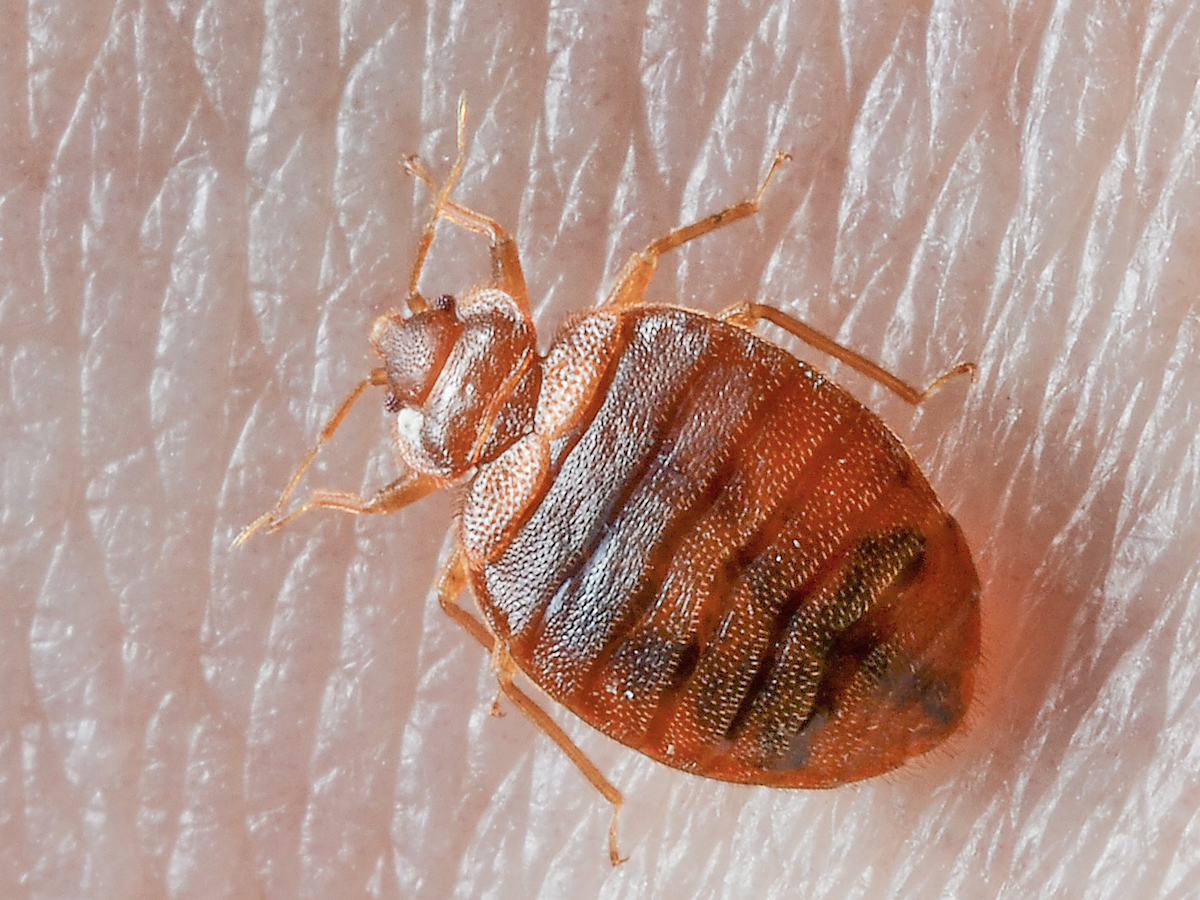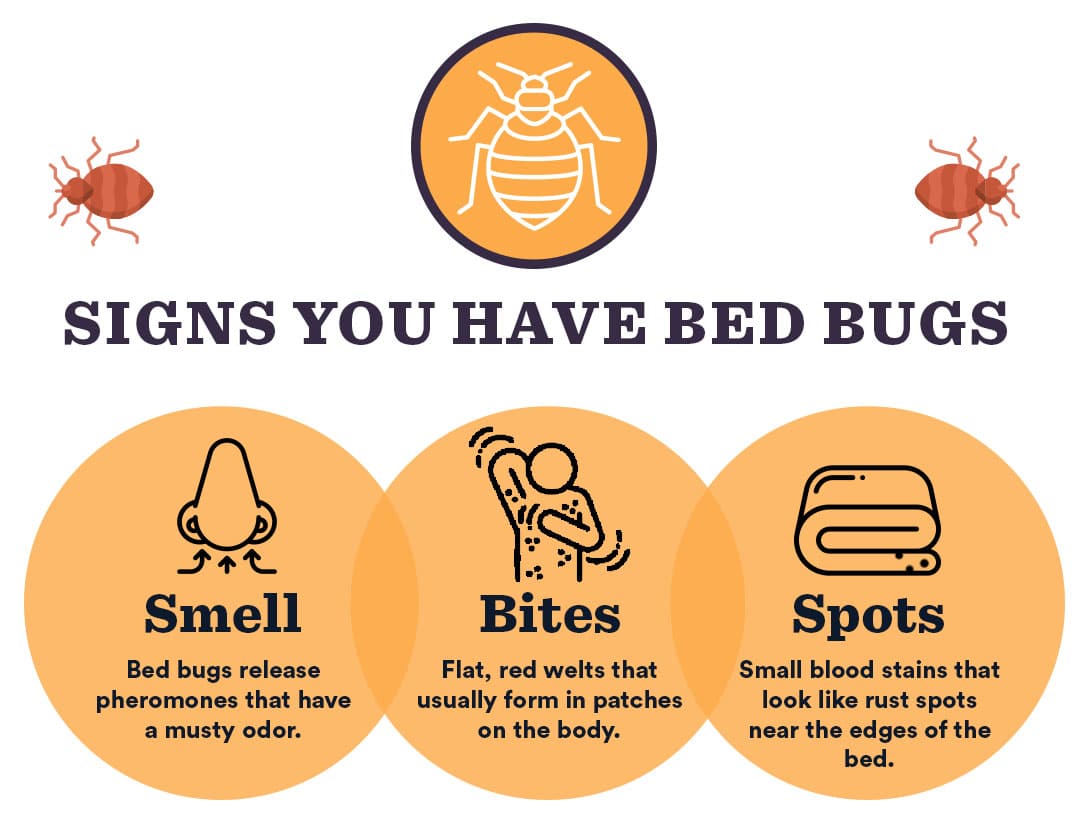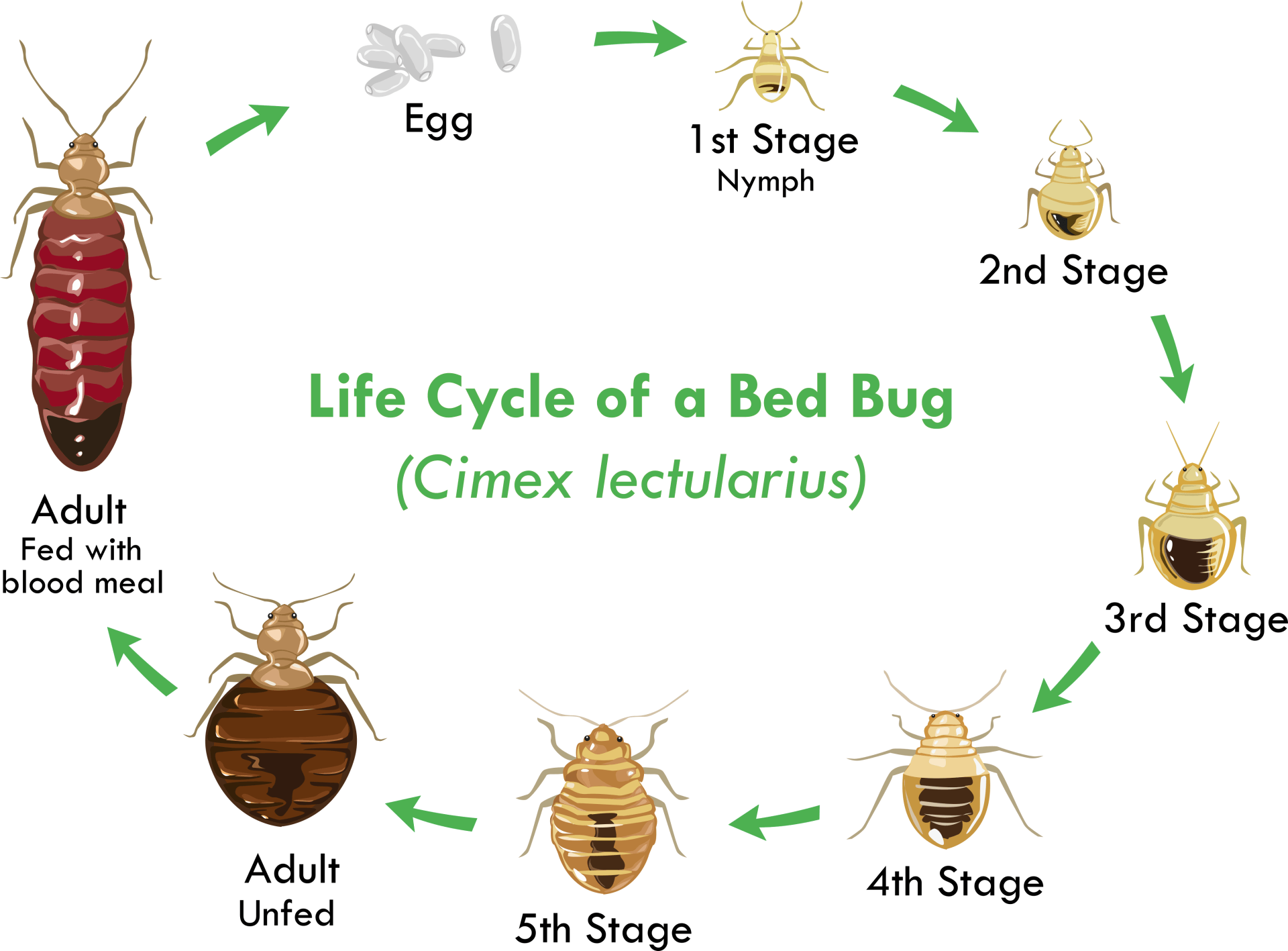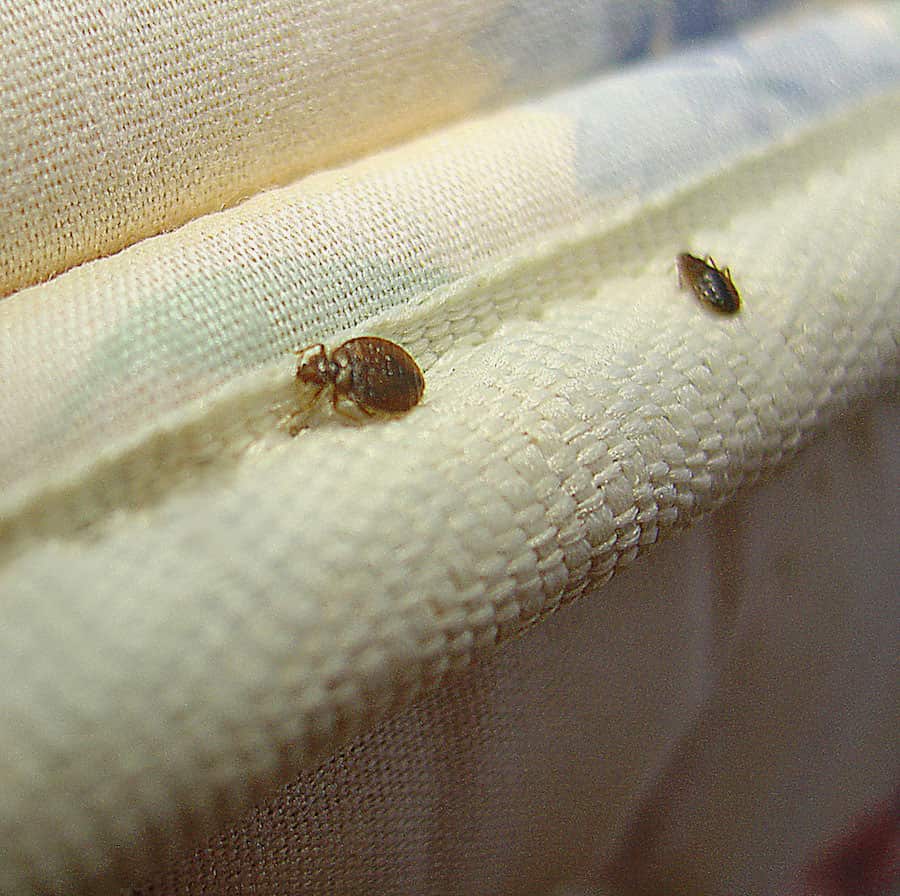As a homeowner, one of the most worrying questions I have is: do bed bugs come out when lights are on? It’s a common question and there is a lot of misinformation out there about these pests. In this article, I’m going to uncover the mysteries of bed bugs and help you understand more about these pests.
What are Bed Bugs?

Bed bugs are small parasitic insects that feed on human blood. They are oval-shaped, reddish-brown in color, and about the size of an apple seed. They hide in mattresses, furniture, bedding, and box springs during the day, and come out to feed on human blood at night. Bed bugs can live up to a year without feeding, and their flat bodies allow them to hide in small cracks and crevices. They are most active at night, when they come out to feed on their hosts’ blood. Bed bugs can cause skin rashes, allergic reactions, and psychological distress.
Signs of Bed Bugs

I often find myself checking for signs of bed bugs when I enter a room. These signs include small black or brown spots on mattresses, bedding, or furniture. I also look for rusty or reddish stains on bed sheets or mattresses, which may be bed bug excrement. I then inspect the seams of mattresses and box springs for signs of bed bugs or their eggs. Finally, I check for a sweet, musty odor, which could be a sign of bed bugs. If I find any of these signs, I know that I should take steps to eliminate the bed bugs.
Factors That Influence Bed Bug Activity

Bed bugs are nocturnal pests, meaning they are most active during the night. But do bed bugs come out when lights are on? It is important to understand the various factors that can influence bed bug activity.
Light
Light is an important factor influencing bed bug activity. Bed bugs are sensitive to light, and will typically stay hidden in areas exposed to light. During the day, bed bugs may remain inside crevices or cracks in walls or furniture. At night, when the lights are off, they will typically come out to feed.
Temperature
Temperature is another factor that can influence bed bug activity. Bed bugs prefer temperatures between 70 and 80 degrees Fahrenheit. If the temperature drops too low, bed bugs may enter a dormant state, becoming inactive and unable to feed. Conversely, if the temperature rises too high, bed bugs may become more active and move into areas that are cooler.
Carbon Dioxide
Carbon dioxide is another factor that can influence bed bug activity. Bed bugs can detect the presence of carbon dioxide, which is released when humans and animals breathe. They may be drawn to areas where carbon dioxide concentrations are high, as these areas can indicate the presence of potential food sources.
Humidity
Humidity is also a factor that can influence bed bug activity. Bed bugs prefer humid areas, as they require moisture to survive. If the humidity level drops too low, bed bugs may become inactive.
Summary
Bed bugs are nocturnal pests that are most active during the night. However, several factors can influence their activity, including light, temperature, carbon dioxide, and humidity. Bed bugs are sensitive to light and may remain hidden in areas exposed to light. They prefer temperatures between 70 and 80 degrees Fahrenheit and humid areas. They can also detect the presence of carbon dioxide and may be drawn to areas where carbon dioxide concentrations are high.
Bed Bug Prevention
- Regularly inspect your mattress, bedding, and furniture for signs of bed bug activity.
- Vacuum and steam-clean your mattress and furniture regularly.
- Launder all bedding and clothing in hot water and then dry on the highest dryer setting.
- Check second-hand furniture and mattresses for signs of bed bugs before bringing them into your home.
- Encase mattresses and box springs in bed bug-proof covers.
- Remove and isolate anything unnecessary from the bedroom.
- Caulk and seal any openings or cracks in the walls or floors near the bed.
- Keep clutter to a minimum to reduce hiding places for bed bugs.
By following these simple steps, you can prevent a bed bug infestation and keep your home bed bug-free.
Bed Bug Treatment
Bed bugs are notoriously difficult to deal with and many people find it hard to rid their home of the pests. Professional pest control services are the most effective way to treat a bed bug infestation. Bed bug treatments usually involve a combination of chemical and non-chemical measures. Chemical treatments involve the use of insecticides that are applied to cracks and crevices where bed bugs hide. Non-chemical treatments include vacuuming, steam treatments, and the use of heaters to kill the bugs. It is important to follow the instructions of the pest control professional in order to ensure the successful elimination of the bed bug infestation.
Frequently Asked Questions
How can I tell if I have bed bugs in my home?
Look for physical signs of bed bugs, such as dark spots (bed bug droppings) on mattresses, sheets or furniture. Inspect baseboards, furniture, cracks in the wall and behind wallpaper for signs of bed bug eggs, shed skins and live bed bugs. Pay attention to other signs of bed bugs such as a sweet musty odor, tiny bite marks on skin and the presence of bed bug fecal matter on mattresses and bedding. If you suspect you may have a bed bug infestation, contact a pest management professional to inspect and treat your home.
Are Bed Bugs More Active at Night or During the Day?
Bed bugs are primarily nocturnal, meaning they are most active at night. During the day they will remain hidden in cracks and crevices, or in other hiding places, such as behind baseboards and in wall voids. They may come out when disturbed, such as when lights are on.
What are some effective ways to get rid of bed bugs?
Bed bugs can be difficult to eradicate, but there are some effective strategies to get rid of them. Vacuuming regularly, using mattress and box spring covers, steaming or using a heat treatment, and using insecticides are all effective methods for eliminating bed bugs. When using insecticides, it is important to follow the directions carefully and to use a product specifically designed for bed bugs. Additionally, it is important to thoroughly inspect any furniture that may have been affected and to treat it accordingly.
Does Turning on the Lights Prevent Bed Bugs from Coming Out?
No, turning on the lights does not prevent bed bugs from coming out. Bed bugs prefer dark hiding places and can remain active during the day or night. Bed bugs are attracted to warmth and carbon dioxide, not light, so turning on the lights will not deter them. In addition, bed bugs can hide in tiny cracks and crevices, making them difficult to find with just a light. The best way to prevent bed bugs from coming out is to regularly inspect the home for signs of an infestation and take preventative measures.
Are there any signs that indicate bed bugs are living in my home?
Bed bugs are visible to the naked eye and can be found in crevices, cracks, and seams of mattresses, bed frames, and headboards. Tell-tale signs of bed bugs are small reddish-brown stains on bedding and mattresses, dark spots on walls, and a musty odor. Bed bug bites are often the most obvious sign of a bed bug infestation as they typically appear in clusters on the face, neck, arms, and hands.
Conclusion
I have uncovered the mysteries of bed bugs and their behavior when lights are on. The answer is yes, bed bugs can come out when lights are on. They are attracted to warmth and will come out of hiding in search of food. However, they prefer dark areas and may hide if there is too much light. To prevent a bed bug infestation, it is important to keep the home clean and to check for signs of an infestation regularly.
Bed bugs can be difficult to get rid of, but with the proper precautions and an understanding of their behavior, it is possible to keep them away.






